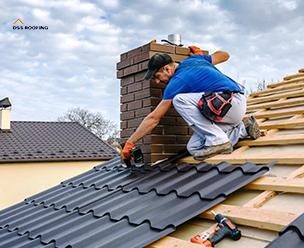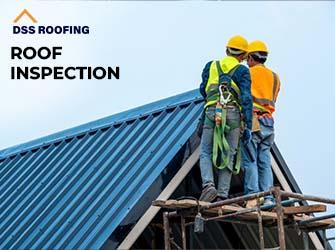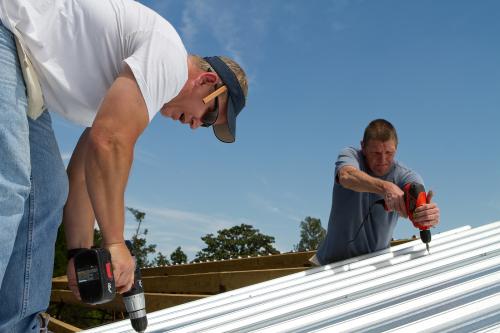How many roofing layers are Authorised in New York?

When it comes to roofing, New York state regulations are clear about installing several layers on residential and commercial buildings. Depending on the material used and the current roof's state, a maximum number of layers can be covered. For most types of roofing, only two layers are allowed, making it essential to hire an authorized contractor in New York to ensure compliance with these regulations.
Let’s dive deeper into why these rules exist, common materials, and how this affects homeowners and businesses.
Why Is There a Limit on Roofing Layers?
Roofing plays a vital role in protecting a home or commercial building from the weather. Over time, roofs can deteriorate, crack, or wear down due to exposure to the elements, especially in areas like New York, where winters can be harsh and summers hot. But why is there a limit on how many layers of roofing can be installed?
Structural Load:
The main reason for the limit is weight. Each additional layer of roofing material adds weight to the structure of the building. Roofs must bear a certain load, and adding more layers can place extra strain on the structure. Over time, this can weaken the building’s integrity, leading to potential issues like sagging roofs or even structural damage.
Proper Installation:
When we install too many layers, it becomes harder to detect damage or leaks. Installing a new layer of shingles over old ones without proper inspection might mask problems, leading to more expensive repairs in the future.
Building Codes:
New York follows strict building codes to ensure safety. The two-layer limit is based on these codes, aiming to prevent long-term structural issues and maintain the overall safety of the building.
Most Common Roofing Materials
Different roofing materials have their limitations, but here are the most common materials that Authorize Contractor in Buffalo, New York, use includes:
Asphalt Shingles:
Asphalt shingles are the most common roofing material in New York. They are durable, cost-effective, and provide good weather resistance. According to NY building codes, homeowners can install up to two layers of asphalt shingles. If more than two layers are present, the existing roof must be stripped before installing a new one.
Metal Roofs:
Metal roofing is growing in popularity due to its longevity and energy efficiency. Since metal roofing is much lighter than asphalt, one layer is usually enough for most buildings. However, if replacing a metal roof, must remove the old one before installing a new layer.
Slate and Tile Roofs:
These materials are heavier, so roofers always recommend only one layer of slate or tile. Adding another layer could jeopardize the roof’s structural integrity due to the weight.
Flat Roofs:
Flat roofs are common on commercial buildings, and typically one layer of material, such as EPDM or TPO, is installed. Multiple layers can cause drainage issues and are not recommended.
The Removal Process: Why It's Often Necessary
While many homeowners try to avoid the expense of tearing off old roofing materials, it’s sometimes necessary for the following reasons:
Damage Inspection: Decking can be inspected by roofers by removing old layers. If there’s hidden water damage or mold, the problem can be addressed before installing the new roof.
Energy Efficiency: Stripping old layers can make it easier to install modern insulation, improving the energy efficiency of the building and reducing heating and cooling costs.
Better Longevity: A clean roof deck ensures the new roof will last longer. When properly installed on a clean surface, the materials can bond better, making the roof more durable in the long run.
Consequences of Over-Layering
Adding more than two layers of roofing in New York can lead to several problems, including:
Code Violations: Exceeding the two-layer limit could lead to fines or penalties if it’s discovered during an inspection.
Increased Risk of Leaks: More layers mean more nails and seams, which can create opportunities for water to seep in.
Warranty Issues: Many manufacturers void their warranties if the roof has more than the allowed layers.
Final Thoughts
If you’re considering a roof replacement or installation in New York, DSS Roofing is a trusted choice. With years of experience in the industry, DSS Roofing, an authorized contractor in New York, understands the local building codes and the importance of adhering to the two-layer rule. Our skilled professionals will assess your roof, provide expert guidance on whether a tear-off is necessary, and ensure the new roof is installed safely and efficiently.
Get in touch with DSS Roofing right now to arrange an inspection or for more information.






Comments